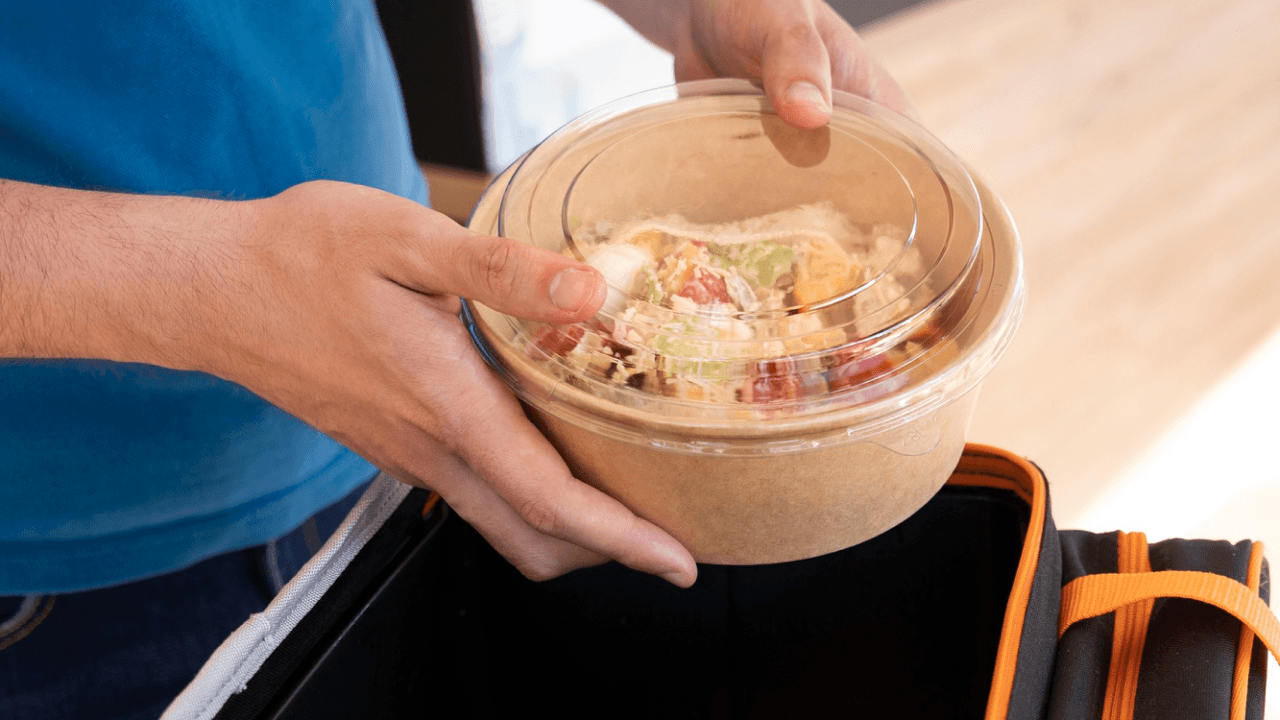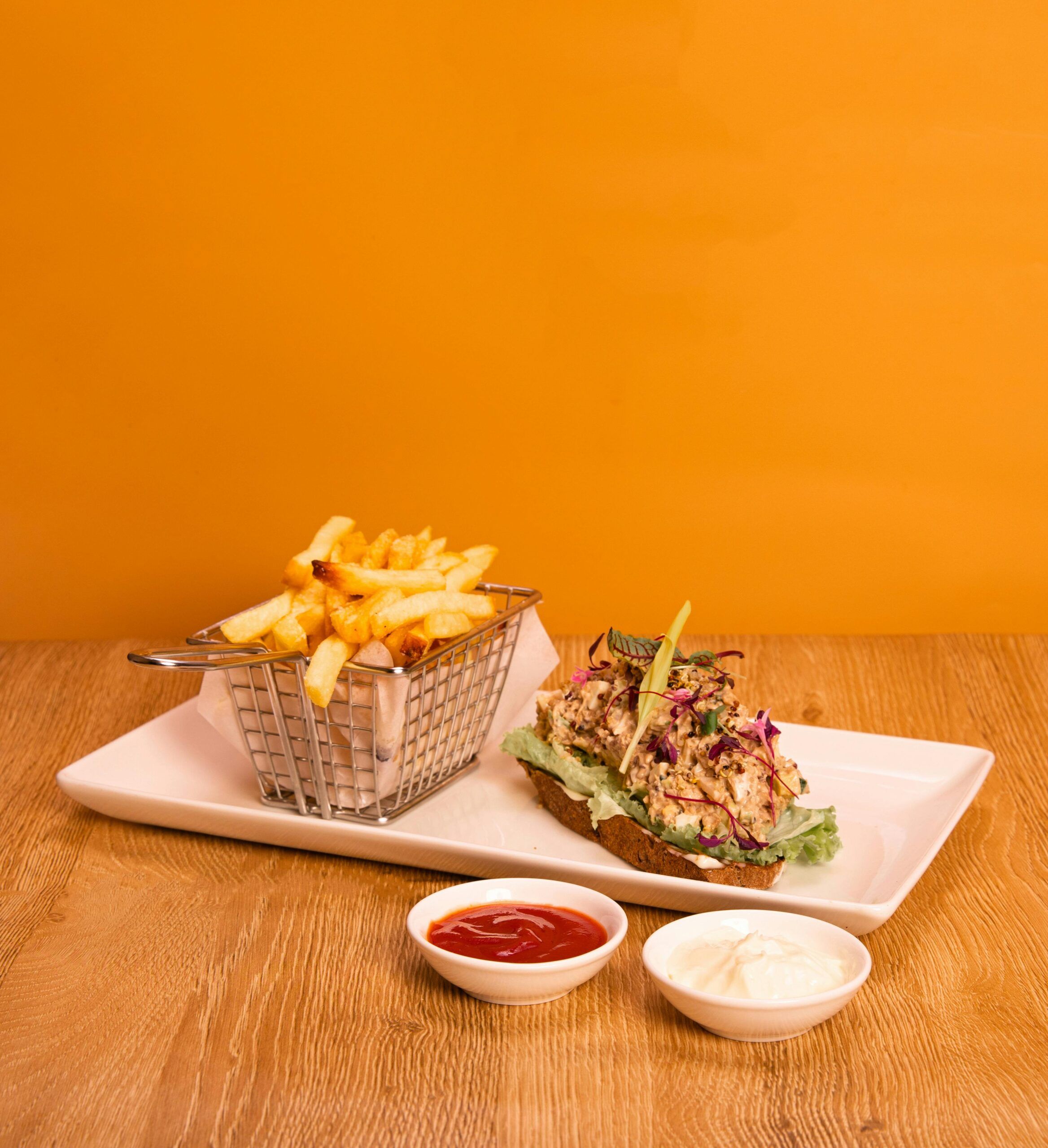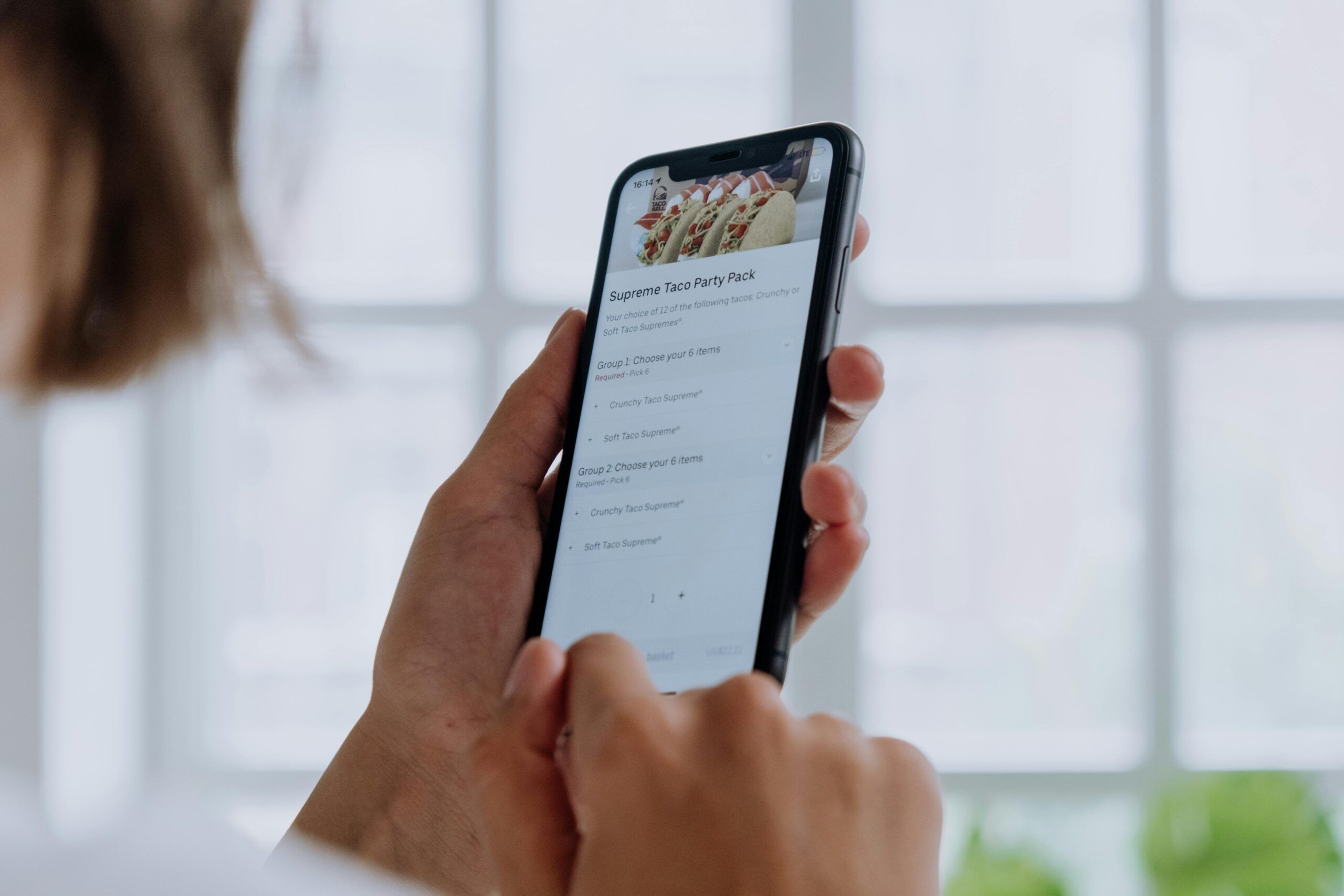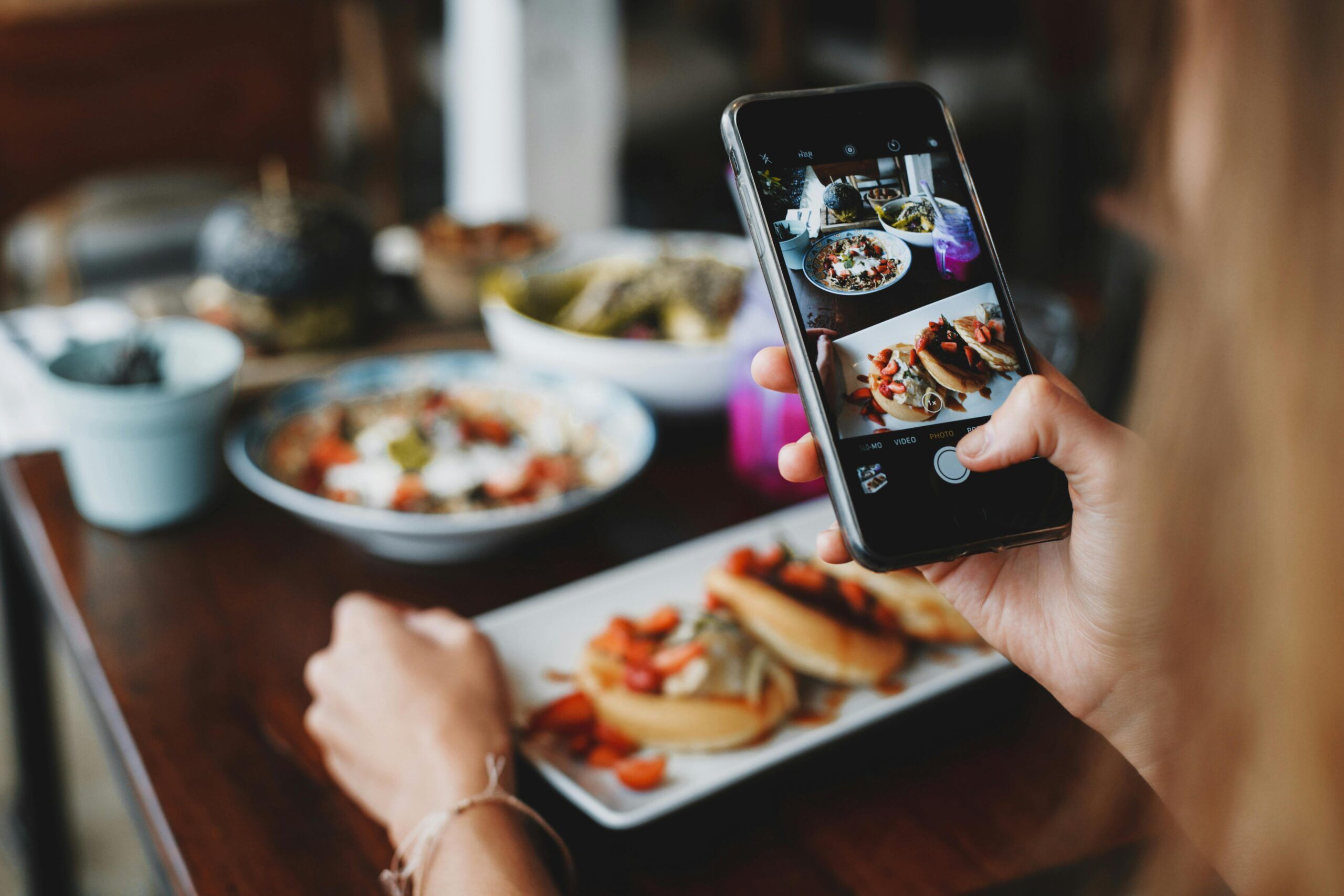- Uber Eats Fee Structure Breakdown
- The Importance Of Partnering With Different Delivery Apps
- Streamlining Restaurant Order Management with Orders.co
Delivery apps have become invaluable tools for restaurants, offering felxibility and increased opportunity for them to reach more clients online.
However, as a restaurant owner, you must understand the associated partnership costs to calculate the benefits of these platforms correctly.
In this article, we will answer the widely asked “How much does Uber Eats charge restaurants?” question, discuss the advantages of integrating a unified restaurant order management system and see how to maximize online food sales efficiency.
Uber Eats Fee Structure Breakdown
Uber Eats has become a significant force in the food delivery industry, offering restaurants a robust platform to increase their visibility and serve a broader customer base. The platform broadens a restaurant’s market reach by connecting them to 41.2 million users.
The restaurants joining Uber Eats can select the following partnership plans based on the service fee structure:
Lite Plan: Targets restaurants looking to connect with their existing customer base.
- Fees: 15% for delivery orders and 6% for pickup orders.
Plus Plan: Aims to help restaurants increase their visibility and attract new customers.
- Fees: 25% for delivery orders and 6% for pickup orders.
- Additional Benefits: Increased discoverability in the Uber Eats app eligibility for Uber One benefits.
Premium Plan: Designed for restaurants seeking maximum exposure and sales.
- Fees: 30% for delivery orders and 6% for pickup orders.
- Additional Benefits: Enhanced app discoverability, Uber One benefits, zero fees on months with under 20 orders (for the first 6 months), and ad spend matching up to $100 monthly.
Self-Delivery Plan: Allows restaurants to use their own delivery resources while still leveraging Uber Eats for visibility.
- Fees: 15% for self-delivery orders, 6% for pickup orders.
- Additional Benefits: Option to use Uber’s delivery network for extended reach with a 25% fee.
To compare, see how much Doordash charges restaurants and how much Grubhub charges restaurants.
Marketing and Promotional Fees
Restaurants using Uber Eats can take advantage of marketing tools provided by the platform, but there is an additional cost for these tools.
If restaurants subscribe to the Uber Eats Premium plan, they can receive a monthly ads credit match of up to $100.
Here’s how it works:
- The credit match is based on the restaurant’s ad spending in the previous month.
- The matched credit is available starting from the first full calendar month after the restaurant enrolls in the Premium plan.
- The matched credit expires at the end of the month it is issued.
For example, if a restaurant spends $55 on ads in February, Uber Eats will provide a matching $55 credit on March 1. The restaurant must use this credit by the end of March, or it will expire.
Payment Processing Fees
For restaurants using Webshop (allowing customers to place orders through Uber Eats without leaving the restaurant’s website or social media page), the charges are as follows (in USA):
- Order processing fee: 2.5% + $0.29 per order
- No additional fees for website maintenance, delivery fulfillment, or order management and support
The restaurant fees are fixed through 2024, with any future changes being communicated beforehand.
Optional Services
Uber Eats offers optional services with associated costs, such as premium placements within their app. These services are designed to increase a restaurant’s visibility to potential customers.
By investing in these features, restaurants can strategically position themselves to attract more customers and potentially increase order volumes.
The Importance Of Partnering With Different Delivery Apps
Partnering with multiple delivery apps like Uber Eats, Grubhub, and DoorDash allows restaurants to reach a broader customer base.
If you’re running a small restaurant, it’s a good idea to start by partnering with at least two delivery apps to boost your visibility and sales.
For medium to large restaurants, relying solely on third-party platforms isn’t enough; they should also have their own online food ordering system to ensure they maintain control over their customer experience, branding, and data, while also reaching new clients.
Regardless of the restaurant size, partnering with different apps is a must, as it offers numerous benefits.
Here are some food delivery app advantages that you can get by partnering with several of them:
Enhanced Customer Convenience: By being available on various platforms, restaurants cater to customer preferences of larger amount of people, which can lead to higher numbers of sales.
Flexibility and Promotions: Different apps offer various promotional tools and marketing campaigns. Restaurants can offer targeted discounts and deals, introduce new menu items, and enhance customer engagement through app-specific features.
Diversified Revenue Streams: Partnering with several delivery apps allows restaurants to tap into different customer bases, reducing dependence on a single platform and ensuring a more stable revenue stream.
Streamlining Restaurant Order Management with Orders.co
Partnering with different delivery apps is rewarding but still challenging for restaurants.
Juggling between different tablets can lead to inefficiencies, increased errors, and a cluttered workspace with multiple devices, causing delays and a chaotic environment, especially during peak hours.
A unified restaurant order management system, like Orders.co, helps consolidate orders from all platforms, including third-party delivery apps and your own ordering website, into one dashboard.
Reduced Errors: When orders come from multiple apps, mixing them up is easy, leading to incorrect orders or missed deliveries. A unified system helps ensure all orders are accurately processed and tracked, improving order accuracy and customer satisfaction.
Improved Efficiency: A single device or dashboard that displays all incoming orders allows staff to manage and process orders more efficiently. This speeds up the order preparation process and improves kitchen coordination.
For restaurant owners aiming to improve online orders management, exploring Orders.co’s restaurant order management system can be a transformative step.
Schedule a demo today to see how to take full control of your restaurant order management.



